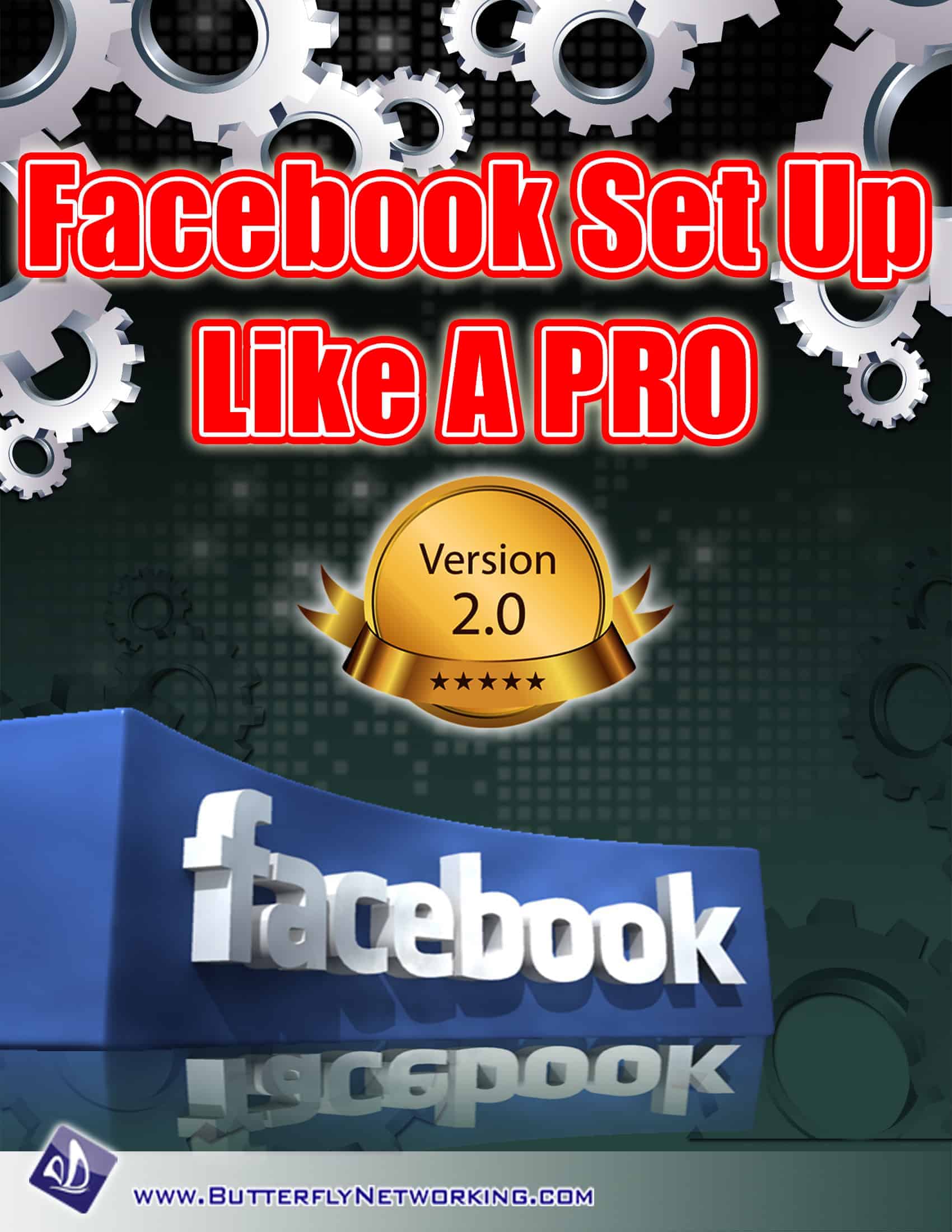How to Make Your Social Media Content More Accessible
By KudaniContentHow to Make Your Social Media Content More Accessible
As many people in the United States have shifted to remote work and remote learning in light of the global pandemic, internet accessibility is more important than ever. 53% of Americans go as far as to say that the internet is an “essential” service during this time. Additionally, social media usage has increased significantly as well. Twitter alone saw a 24% increase in daily active users in the first quarter of 2020 compared to the same period last year. This includes official government accounts that are increasingly using social media to announce guidelines in the time of Coronavirus virtually. For instance, the CDC’s Twitter account has grown to 2.9 Million followers as of July 2020.
Typically when we discuss accessibility concerns as digital marketers, we are referring to accessible website guidelines. This has been an area of focus for Portent for a while now, and recently we have been encouraging our clients to consider accessibility in their social media strategy as well. Social media platforms are still playing catch-up when it comes to accessibility features (including a lack of options for advertisers), but we have determined there are three key areas that businesses can immediately address.
ALT Text
At Portent, we talk about ALT attributes with our clients regularly. ALT text is read by screen readers in place of images, or displayed in place of images when the file is not loaded. ALT text on social media is similar, but executed on each platform vs. on-site. Most platforms have automatic ALT text functionality, but because it is written by AI, there are instances where the automatic ALT text does not accurately convey the meaning or emotion in the image. Also important to note, ALT text should not be confused with the link description, which is a standard field in most social media posts.
To ensure that your images are described appropriately to your entire audience, we recommend manually updating the ALT Text as part of your standard deployment process.
You can find the instructions for adding ALT text to each platform here:
Video Captions
Captions for social media videos have been a best practice for a few years, as more and more users engage with social media content with the sound off. Additionally, including captions ensures that those with accessibility concerns can consume the content as well. We always recommend including captions on both organic and paid videos.
via How to Make Your Social Media Content More Accessible












